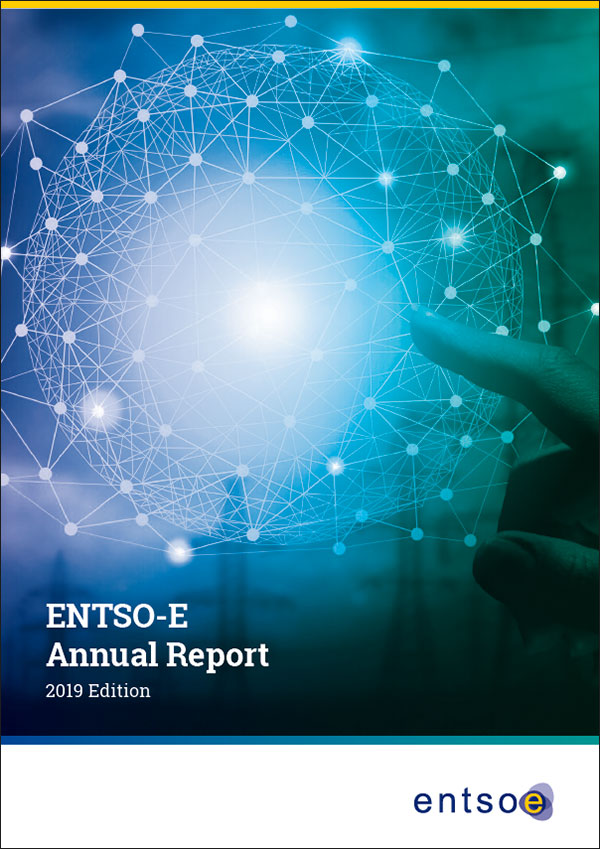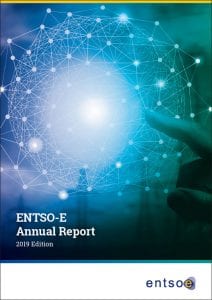TSO–DSO partnership and demand side flexibility
Integration of distributed flexibilities
A key area for cooperation is active system management and the coordinated use of distributed flexibility. Storage, distributed generation and customer participation through demand-side response have the potential to generate new services for the grid and the system. These are known as distributed flexibilities, and they will be key to efficiently managing the electrical system of the future and developing new market products. A common report with DSOs on active system management was released in April 2019, aiming to define the use of distributed flexibilities in active system management and analyse the interactions between TSOs, DSOs and market parties, in particular for balancing and congestion management.
In addition to the above, ENTSO-E contributed to the European Commission Expert Group on demand side response, which focused on the deployment of explicit demand-side response in Europe, contractual arrangements between different players and market solutions for accessing and using distributed flexibilities. This work culminated with the publication in April 2019 of a demand-side flexibility report.
In March 2019, ENTSO-E decided to perform an analysis of regulatory gaps between the recommendations of these two reports and the set of existing network codes, as well as solutions for these gaps. ENTSO-E consulted on the identification of such gaps with TSOs’ experts involved in network codes activities.
Key dates & documents
15 Apr 2019
Publication of the EU Smart Grids Task Force Report “Demand Side Flexibility: Perceived barriers and proposed recommendations”
16 Apr 2019
Publication of the TSO-DSO Report “An integrated approach to Active System Management”
ENTSO-E also updated its catalogue of TSO – DSO innovation projects to identify best practices for the integration of distributed flexibilities.
Other activities
The TSO – DSO project group, set up on a temporary basis, was replaced by a permanent TSO–DSO Steering Group. In 2019, the Group provided its input to the ENTSO-E RDI roadmap 2020 – 2030 and decided to establish a roadmap for TSO – DSO cooperation on system planning (following the EC recommendation of the Energy Infrastructure Forum in 2019).
Moreover, ENTSO-E, T&D Europe and the four European associations representing DSOs (CEDEC, E.DSO, EURELECTRIC and GEODE) agreed in September 2019 to develop a new methodology that can help to monitor and better target the development of smart solutions in the transmission and distribution grid.
Deliver a vision for 2030
During its 10 Year Anniversary Conference, ENTSO-E delivered a joint “Vision on Market and System Operations Towards 2030”. The Vision includes two focus papers – one on system operations and one on market design. The focus paper on system operations analyses the key drivers for the future of system operations, whereas the focus paper on market examines the different market design options.
The Vision introduces the concept of a system of systems where the different geographical and functional layers coordinate with each other and are connected to a digital layer on top of the physical infrastructure. This will allow for an alignment with the needs of all grid connected assets and for coupling with other sectors. TSOs will play a key facilitation role, together with Distribution System Operators, supported by Regional Coordination Centres and in dialogue with stakeholders.
ENTSO-E is planning to engage with stakeholders on the Vision in the course of 2020.
Download
ENTSO-E Annual Report 2019
This Annual Report covers the period from January to December 2019. It focuses on the legal mandates given to ENTSO-E. Activities covered in this report have been performed thanks to the 42 members of ENTSO-E who provide its financial resources and whose staff provides expertise to the Association.
Chapters:
- System Operation
- Market
- System Development
- Transparency Regulation
- Research, Development and Innovation
- Cybersecurity, Interoperability and Data
- TSO–DSO partnership and demand side flexibility





